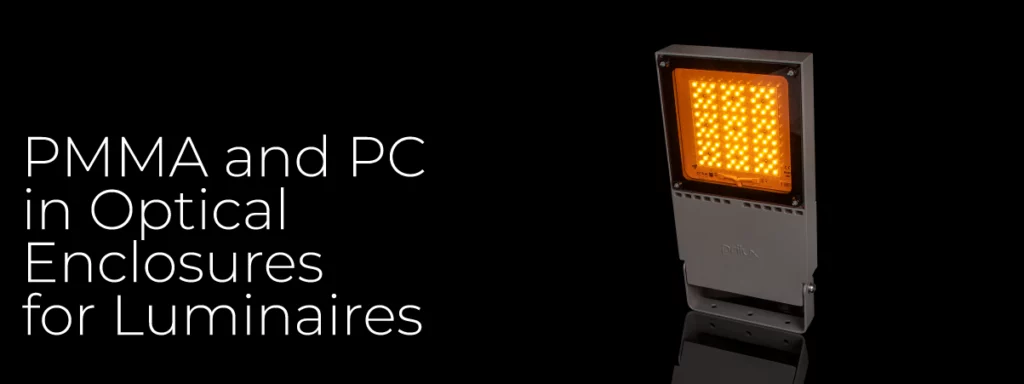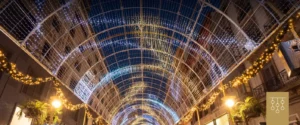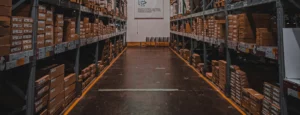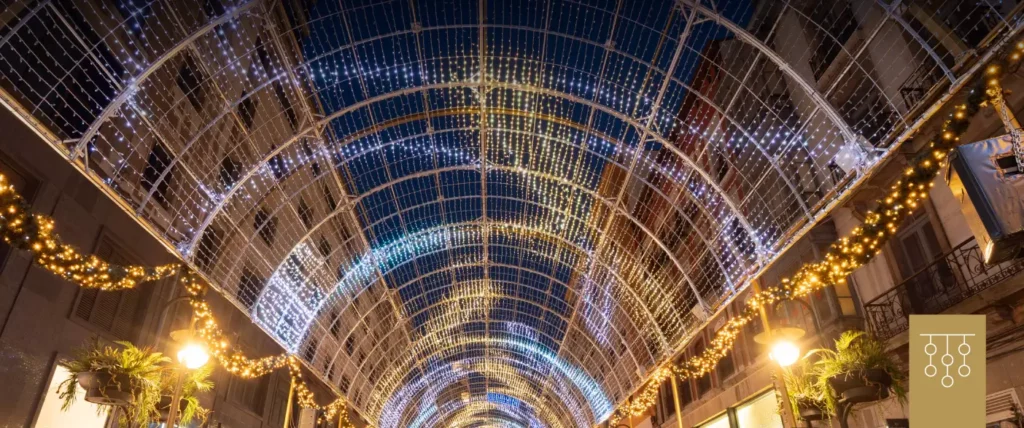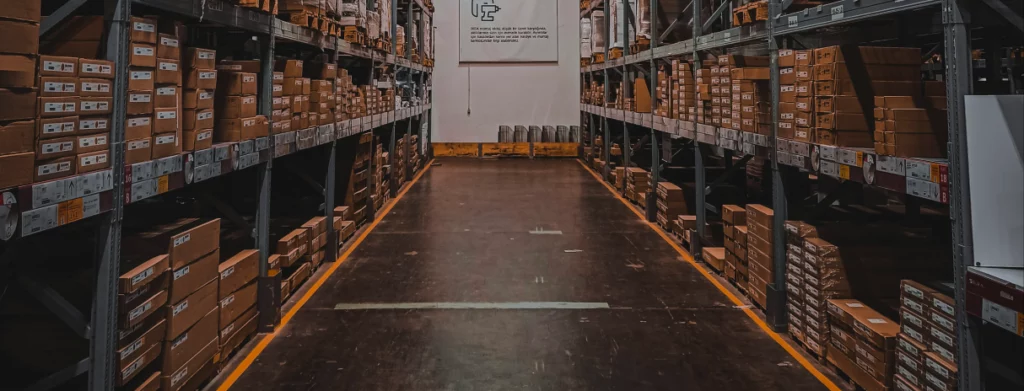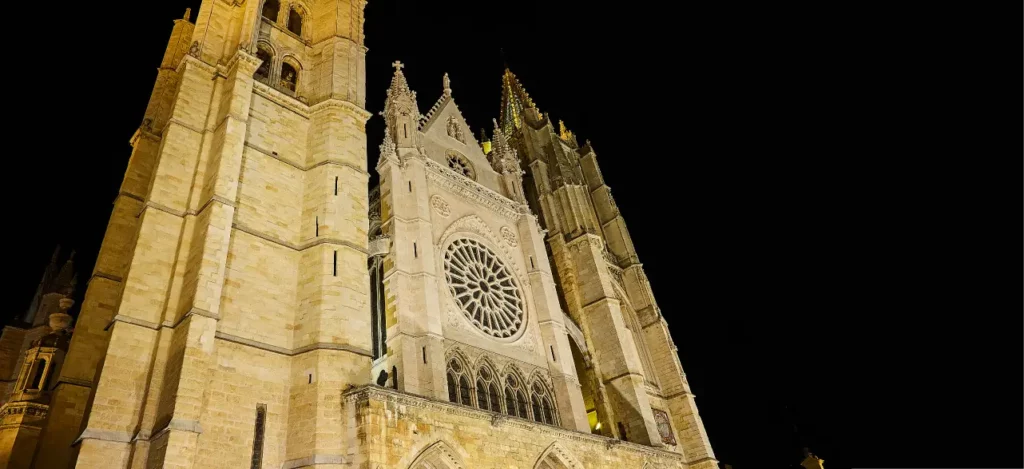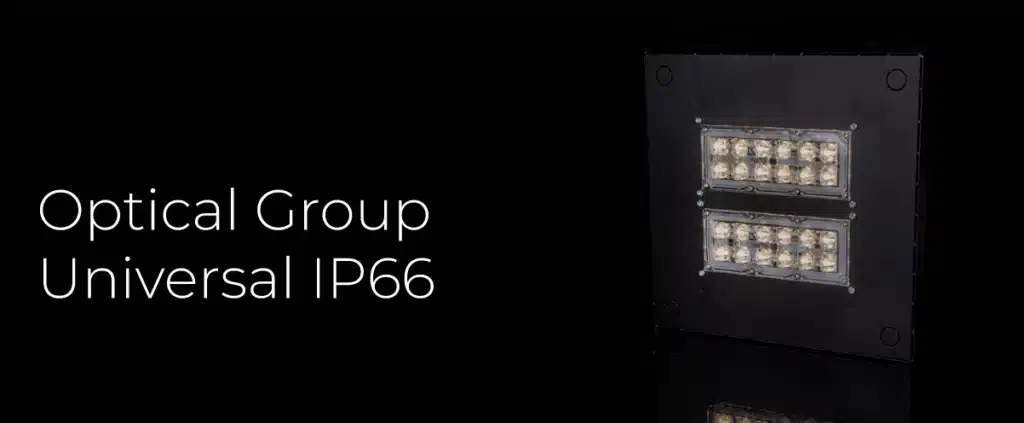Polymethylmethacrylate (PMMA) or Polycarbonate (PC) as an element to modify the characteristics of the light emitted and its use in the optical enclosure of luminaires.
In the world of lighting, aluminium reflectors and glass enclosures have traditionally been used both to redirect the light (or to assign a specific light distribution) and to provide a protective enclosure. This was because traditional light sources (incandescent or discharge lamps) were large and generated very high temperatures.
With the advent of LED technology, the game has changed, we now have very small light sources with lower maximum temperatures. This opens the way to more efficient, precise, lighter and more economical forms of light control. The choice of synthetic materials such as PMMA or PC will depend on the functionalities we are looking for in the luminaire, taking advantage of the specific characteristics of these materials.
Applications and advantages
We can use these materials mainly for three purposes:
Optics.

The aim is to direct the light where it is needed, this is called light distribution or photometry of the luminaire. The most efficient way to do this is with an individual “lens” per LED. In this case we analyse the ability to transmit light and therefore maximise the lumens delivered by the luminaire and the ability of the material to withstand the temperature generated by the luminaire.
PMMA offers excellent light transmittance whereas PC may have a slightly lower light transmittance (about 5% less). This may vary depending on other factors such as the shape of the lens). Regarding the maximum operating temperature, PC supports about 5ºC more than PMMA, which is very useful to maximise the power obtained from each LED or for applications with high ambient temperatures.
For road applications that require a luminous flux and are subject to very high ambient temperatures of +50º, we can use our VERSA luminaire with PC optics.In other cases, for projects where a high luminous flux is required control and maximise performance, we can use PMMA louvres. optics, such as those incorporated in our projector HEXAGON PLAY RGBW.
Luminaire Closure.

The intention is to protect the luminaire against external agents such as water, shocks and chemical aggressions. While glass is the common material for this use, PC plays an important role because of its high impact resistance, allowing light and thin closures with superior strength.
In this case, we highlight the use of PC sealing to achieve IK10 protection in our AVATAR street luminaire.
Modify the spectral characteristics of light.

In this case we will use the “tinted” material as a filter. It is useful for example when we want to reduce the blue component of white light to comply with environmental sky protection regulations. En este caso utilizaremos el material “tintado” como filtro. Es útil, por ejemplo, cuando queremos reducir el componente azul de la luz blanca para cumplir la normativa de protección del cielo ambiental.
For example, to meet the requirements of the Instituto Astrofísico de Canarias, we can design our NANTES luminaire with an amber PMMA filter and the AVATAR vial with the same solution.
